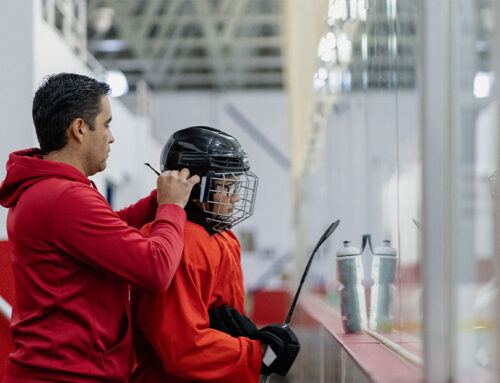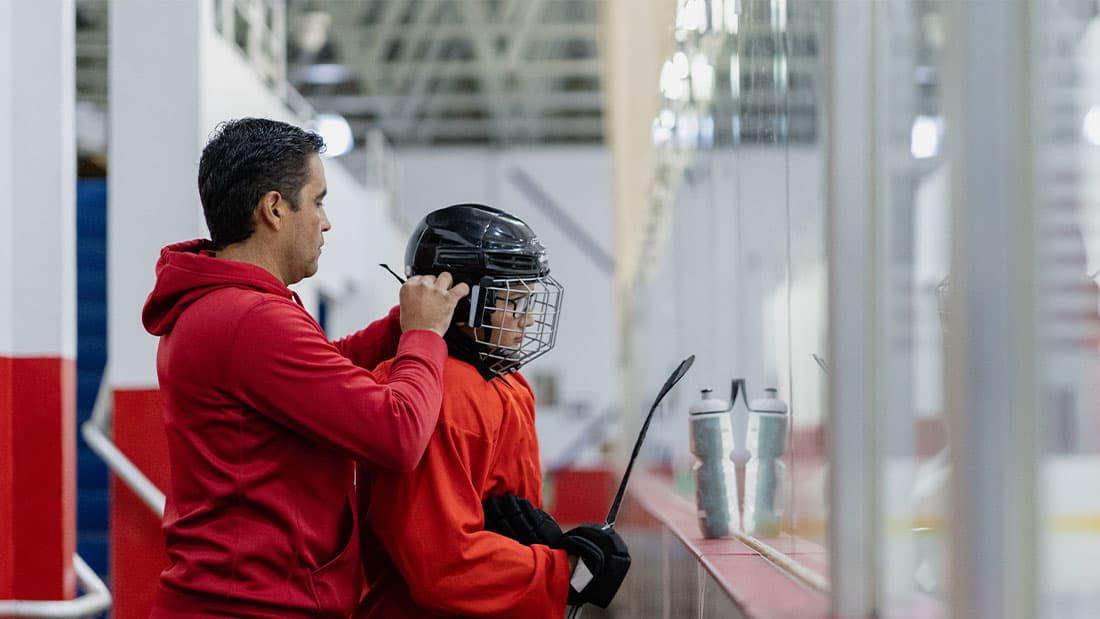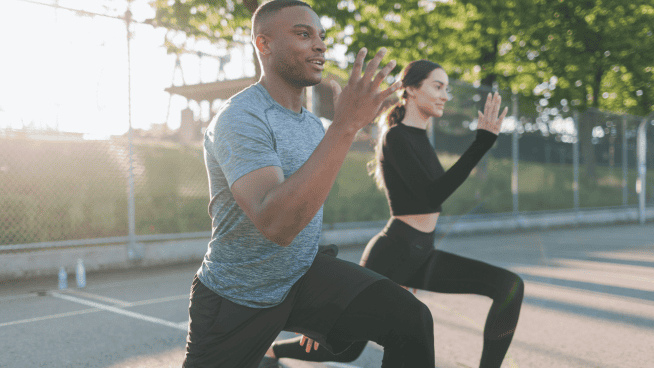Stretch Reflex Exercise
By Chad Zimmerman
Hearing and understanding are totally different. Take the term “stretch reflex” for example. Coaches use it a lot during plyometric training, although their athletes might have no clue what it is. Check out the explanation below, so next time coach throws these words around, you’ll understand what he’s talking about.
The stretch reflex is what makes a plyometric exercise plyometric. It’s what helps you become more explosive and powerful. When muscles are stretched quickly [also known as loaded] in one direction, a more explosive contraction in the opposite direction becomes possible. To fully understand the stretch reflex, try the following exercise.
Place your left hand flat on a table. Using only the muscles of that hand, lift your left index finger, then slam it back onto the table as hard as possible. Now perform the same action, but use your right hand to pull back your left index finger. Let go of your finger and let it slam into the table.
If you did it right, your finger hit the table a lot harder when you pulled it back with your opposite hand. That’s because your opposite hand produced a greater stretch [or load] on the muscles in your index finger, causing a more powerful reflex and contraction of the muscle.
Athletes in all sports use stretch reflexes. Examples include a baller loading his hips and legs before going up for a dunk, or a pitcher winding up to load his shoulder before launching a high hard one.
RECOMMENDED FOR YOU
MOST POPULAR
Stretch Reflex Exercise
By Chad Zimmerman
Hearing and understanding are totally different. Take the term “stretch reflex” for example. Coaches use it a lot during plyometric training, although their athletes might have no clue what it is. Check out the explanation below, so next time coach throws these words around, you’ll understand what he’s talking about.
The stretch reflex is what makes a plyometric exercise plyometric. It’s what helps you become more explosive and powerful. When muscles are stretched quickly [also known as loaded] in one direction, a more explosive contraction in the opposite direction becomes possible. To fully understand the stretch reflex, try the following exercise.
Place your left hand flat on a table. Using only the muscles of that hand, lift your left index finger, then slam it back onto the table as hard as possible. Now perform the same action, but use your right hand to pull back your left index finger. Let go of your finger and let it slam into the table.
If you did it right, your finger hit the table a lot harder when you pulled it back with your opposite hand. That’s because your opposite hand produced a greater stretch [or load] on the muscles in your index finger, causing a more powerful reflex and contraction of the muscle.
Athletes in all sports use stretch reflexes. Examples include a baller loading his hips and legs before going up for a dunk, or a pitcher winding up to load his shoulder before launching a high hard one.











